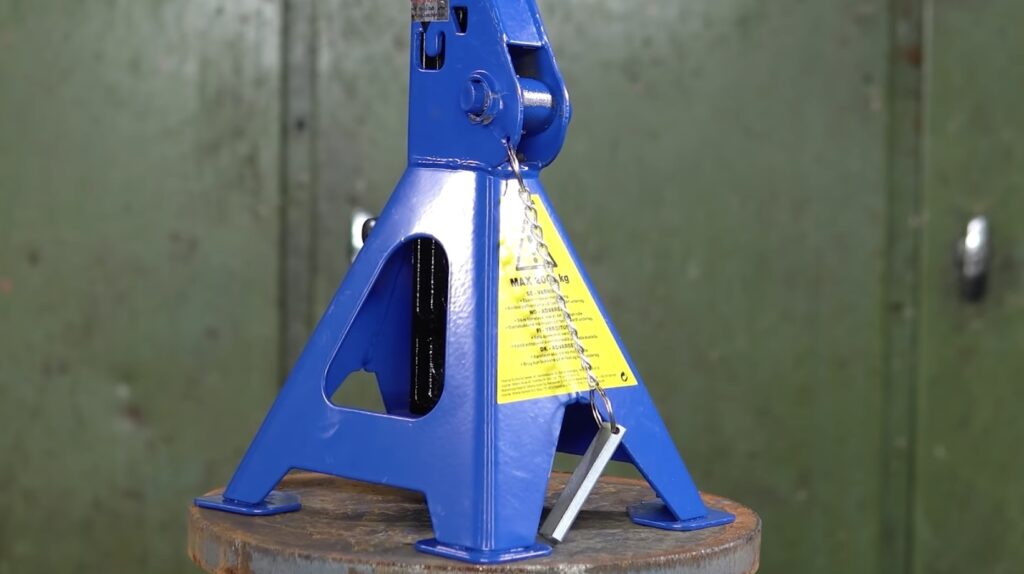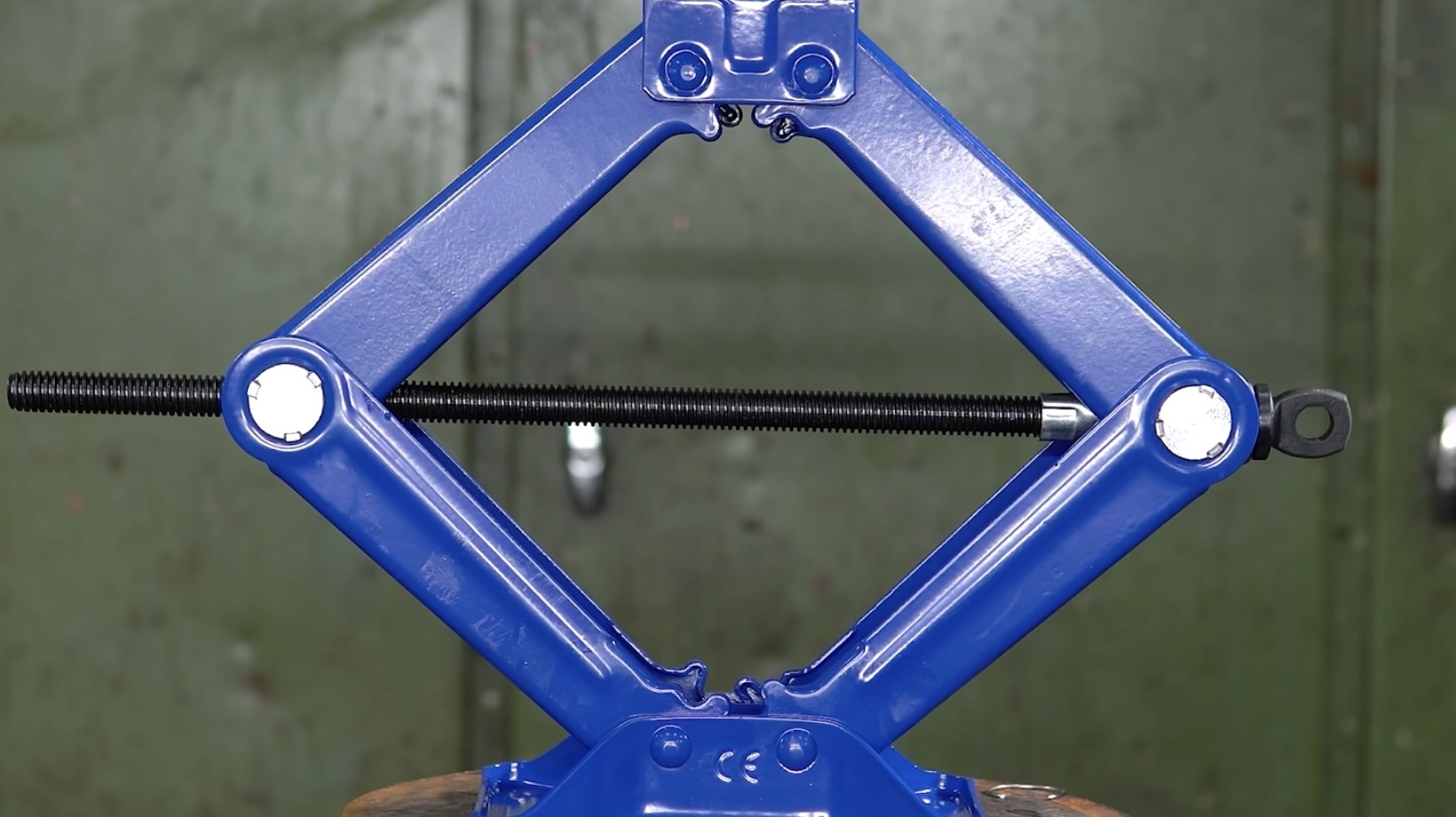
Factors to Consider When Choosing a Hydraulic Jack or Lift
When it comes to choosing the right hydraulic jack or lift for your needs, there are several factors that you should take into consideration. Here are some key points to keep in mind:
- Weight Capacity: One of the most important factors to consider is the weight capacity of the hydraulic jack or lift. It’s crucial to ensure that the equipment you choose can handle the maximum weight of your vehicle or load. Exceeding the weight limit can lead to safety hazards and damage to both the equipment and your vehicle.
- Lift Height: Another factor to consider is the lift height required for your specific needs. Different hydraulic jacks and lifts come with varying maximum lift heights, so it’s essential to choose one that can reach the desired height for easy access and maintenance.
- Durability and Quality: Investing in a durable and high-quality hydraulic jack or lift is essential for long-term reliability and safety. Look for products made from robust materials like steel and equipped with features such as reinforced construction, durable wheels, and corrosion resistance.
- Portability: If you often need to transport your hydraulic jack or lift or if space is limited in your garage or workshop, consider its portability features such as compact size, lightweight design, foldable handles, or built-in wheels for easy maneuverability.
Different Types of Hydraulic Jacks and Lifts
There are various types of hydraulic jacks and lifts available on the market today, each designed with specific purposes in mind. Here are a few common types:
- Floor jacks: These versatile jacks are commonly used in garages for lifting vehicles off the ground during repairs or maintenance tasks. They typically have a low profile design that allows them to fit under vehicles with low ground clearance.
- Bottle jacks: Bottle jacks are compact and powerful, making them suitable for heavy lifting tasks. They feature a vertical design with a cylindrical body resembling a bottle, hence the name.
- Scissor jacks: Scissor jacks are commonly provided with vehicles as an emergency tool for changing tires. They use a scissor-like mechanism to raise and lower the vehicle.
- Motorcycle lifts: Specifically designed for motorcycles, these lifts provide stability and ease of access when working on bikes. They often come with features like adjustable platforms, tie-down straps, and safety locks.
You Don’t Need to Use a Jack Stand with a Hydraulic Jack or Lift.
There are a few misconceptions surrounding the use of hydraulic jacks and lifts that can lead people to believe they don’t need jack stands. Let’s debunk those myths:
- “Hydraulic jacks can support the weight alone”: While hydraulic jacks have impressive lifting capabilities, their design and purpose are not intended for prolonged support. Using them without jack stands is an unnecessary risk.
- “I can rely on my car’s built-in safety features”: Modern cars do come equipped with various safety features, but these are designed to protect occupants during accidents, not to prevent accidents caused by improper vehicle maintenance or repair practices.
- “I’ve never had any issues before”: It’s essential not to let past experiences lull you into a false sense of security. Accidents can happen unexpectedly, and it only takes one mishap to cause severe injuries or worse.
Real-Life Scenarios Where a Hydraulic Jack is Enough
Let’s delve into a few practical situations where a hydraulic jack alone can do the job, without the need for a jack stand.
Changing your car tire is one such scenario. You’ve probably been there before – cruising down the highway when suddenly you feel that all-too-familiar thud of a flat tire. In this situation, it’s time to bring out the trusty hydraulic jack. Position it under your vehicle’s recommended lift point, pump until your car is high enough off the ground to remove and replace the deflated rubber. Once done, gently lower the car back to solid ground. All in all, a straightforward process completed with just your hydraulic jack!
Remember though – safety first! While these scenarios don’t necessarily call for a jack stand alongside our hydraulic friend, always ensure you’re working safely and securely in all situations.













